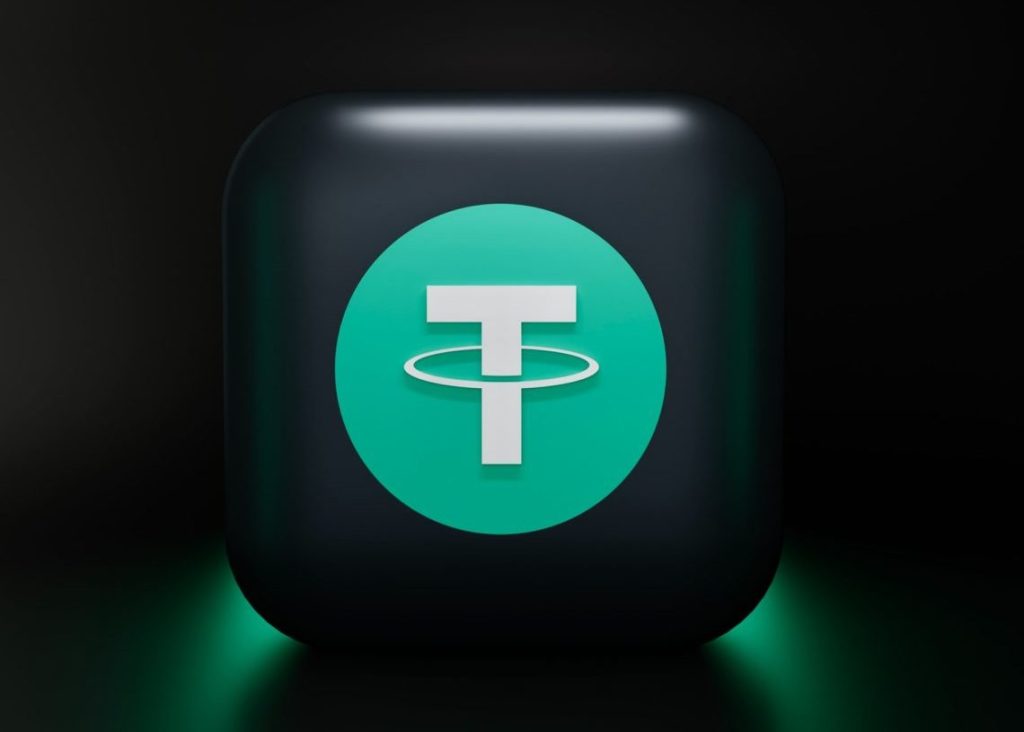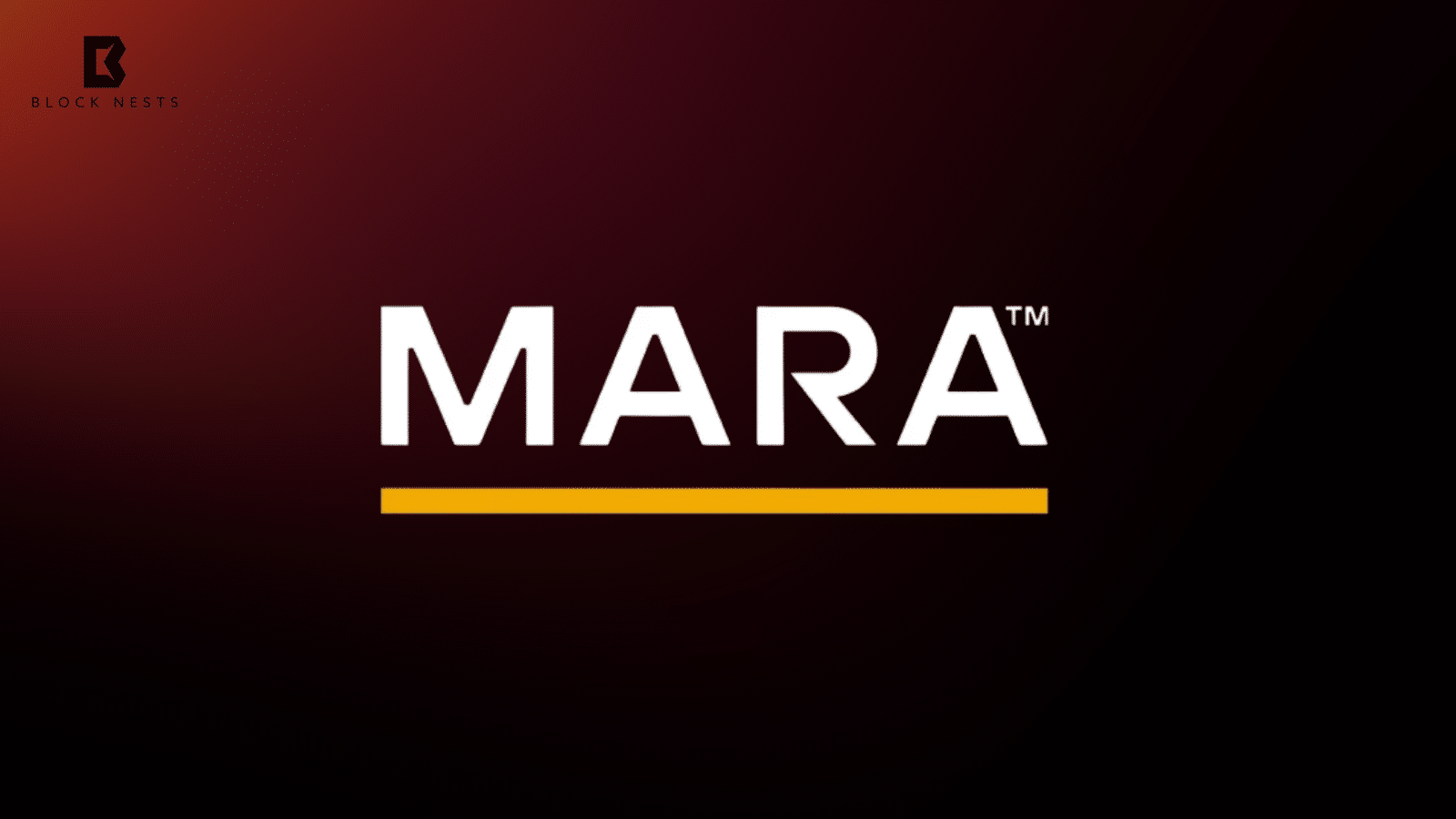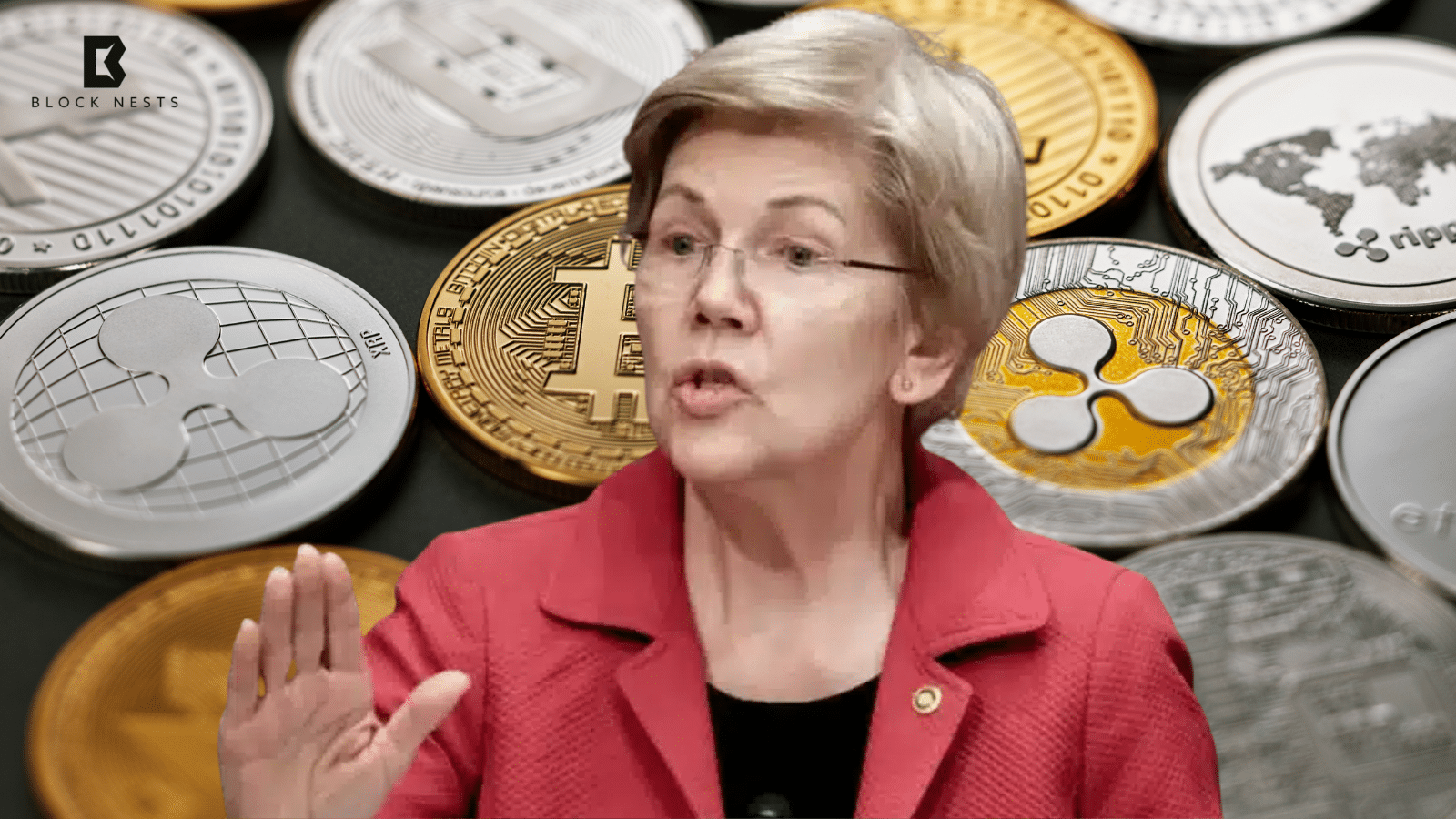- Tether CEO Paolo Ardoino claims the company does not need to go public, subtly targeting rival Circle’s IPO plans.
- Tether reveals $148 billion in reserves, including $7.78 billion worth of Bitcoin backing its stablecoin, USDT.
- Circle’s move toward an IPO contrasts with Tether’s private strategy amid growing regulatory scrutiny in the stablecoin market.
A renewed conflict emerged between Tether and Circle, the two dominant stablecoin operators in their longstanding competition. CEO Paolo Ardoino of Tether stated publicly that the company does not need to go public.
The statement seems targeted at Circle since the company behind USDC filed its submission with the U.S. Securities and Exchange Commission. Circle intends to seek regulatory approval for its initial public offering, resulting in a stock listing on the New York Stock Exchange.
According to Ardoino, Tether possesses such financial stability that it does not require the distribution of shares through a stock market offering. Ardoino demonstrated his belief in the company’s stability by showing its preserved assets to the public.
Tether doesn't need to go public pic.twitter.com/afa28xdKTg
— Paolo Ardoino 🤖 (@paoloardoino) April 4, 2025
In its latest financial statement, Tether reports $148 billion worth of reserves that protects its circulating USDT tokens. The main stability of these funds exists in U.S. Treasury bills, while Bitcoin’s weight is minimal.
The digital assets Tether owns, along with Bitcoin, make up its USDT issuance by constituting $7.78 billion worth of assets from its 92,646 Bitcoin holdings. As a key element of its stablecoin program, Tether has established its reserve system to preserve trust while maintaining liquidity.
Growing Public Scrutiny Around Transparency and Regulation
The statement from Ardoino demonstrates Tether’s ongoing confidence as it reveals a major issue that plagues the stablecoin industry. For many years, investors have expressed concern about Tether’s auditing processes and reserve transparency.
Tether maintains privacy by staying private, enabling the company to avoid extensive financial audits that apply to public companies. The IPO filing documentation that Circle presented demonstrates its commitment to opening its financial records before regulators and investors.
The strategic shift allows Circle to enhance its standing with financial institutions and regulatory bodies because worldwide authorities step up their oversight of stablecoins. Through public stock issuance, Circle can secure new funding to expand operations together with chances to develop additional services.
Multiple stablecoin companies engage in intensive market competition, striving to lead this digital currency field. USDT and USDC embody the most influential stablecoins dedicated to promoting transparency between institutional trust and regulatory governance across the stablecoin market.
The sector-wide disclosure will lead investors to experience a different market dynamic while businesses must reevaluate their positions. The stablecoin market maintains its position with Tether while Circle moves toward a public market listing, thereby creating a direct rivalry between these entities.
Tether operates privately with self-assurance, yet Circle develops trust with regulators by pursuing an IPO process. As the stablecoin market grows more active, it attracts government oversight, prompting businesses to adopt divergent strategies reflecting their sector requirements.
How would you rate your experience?






